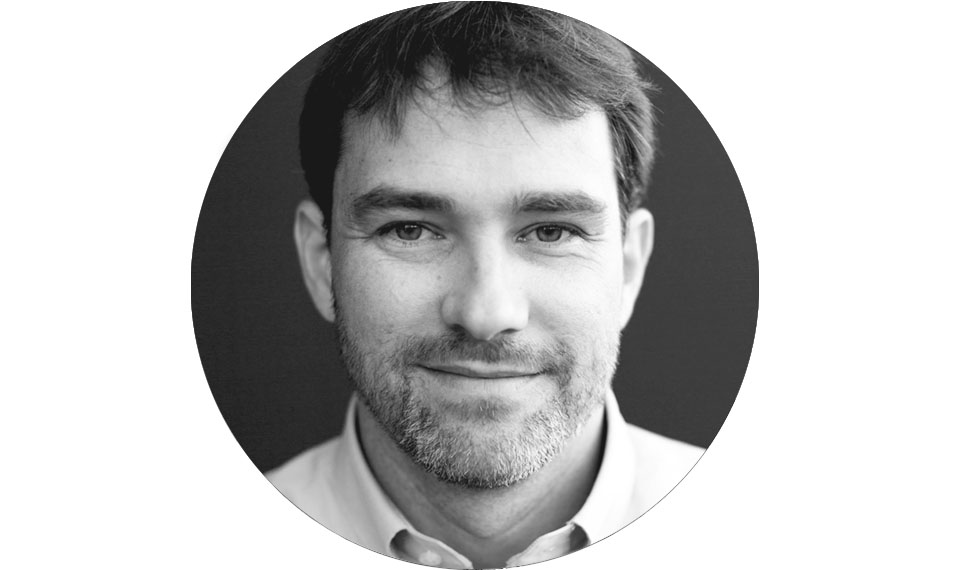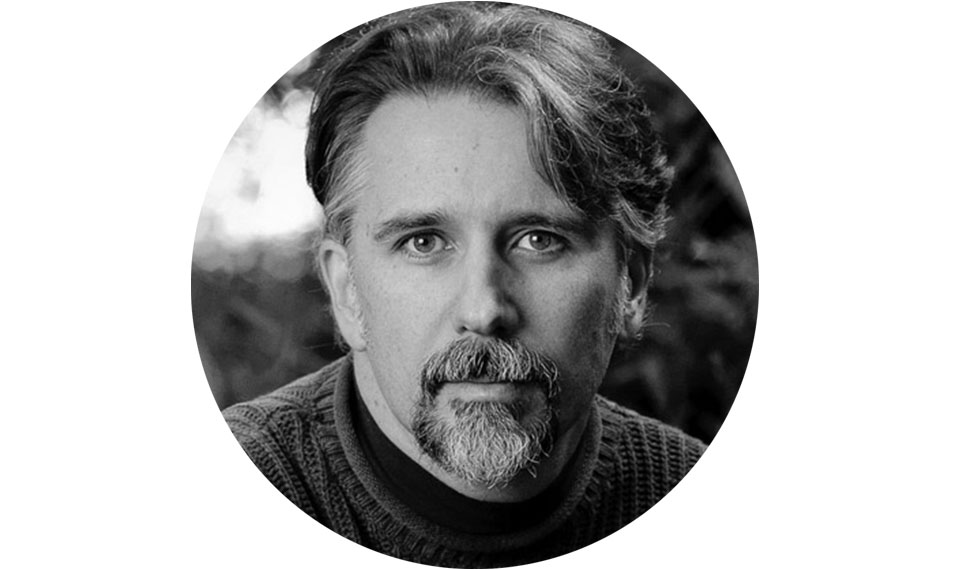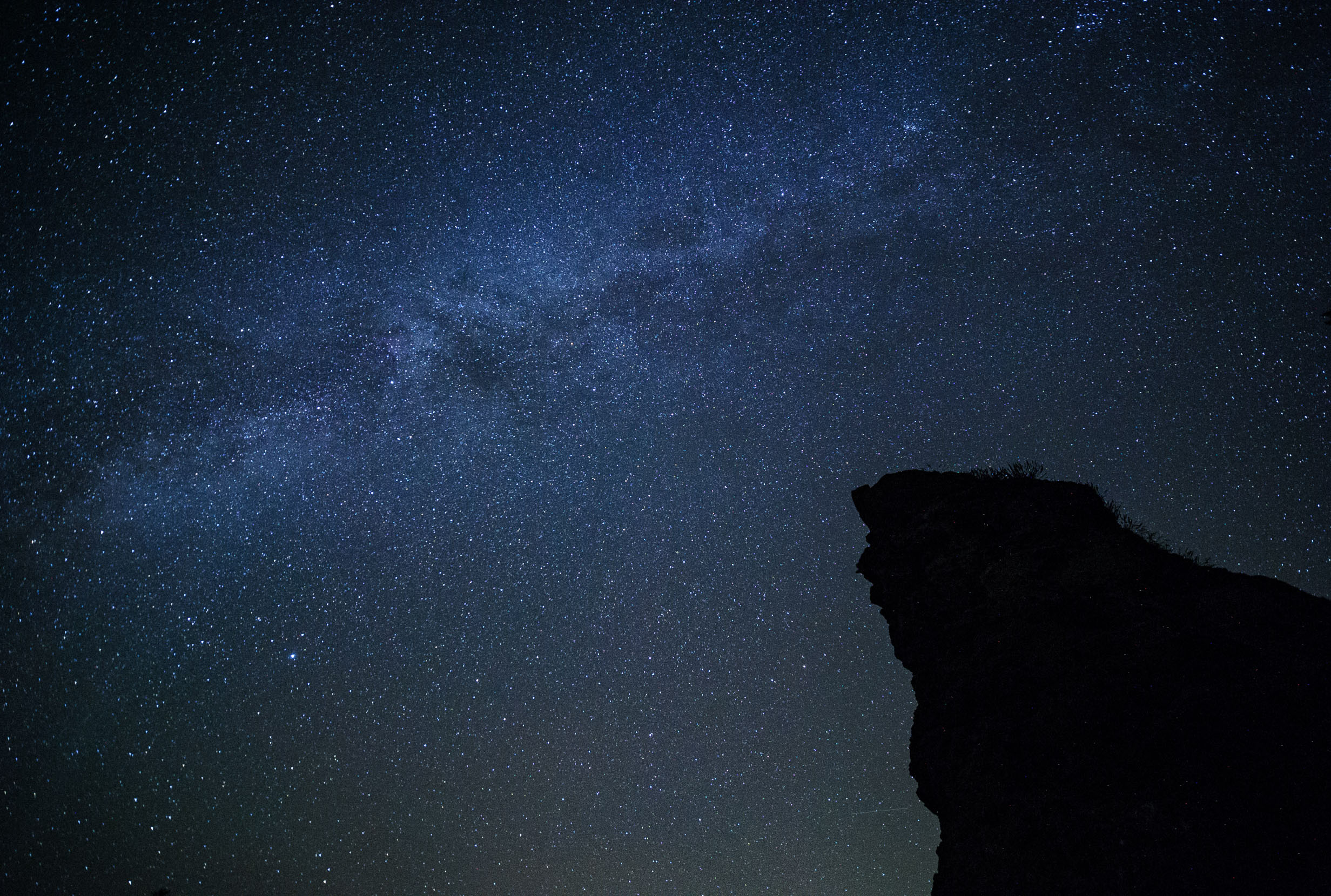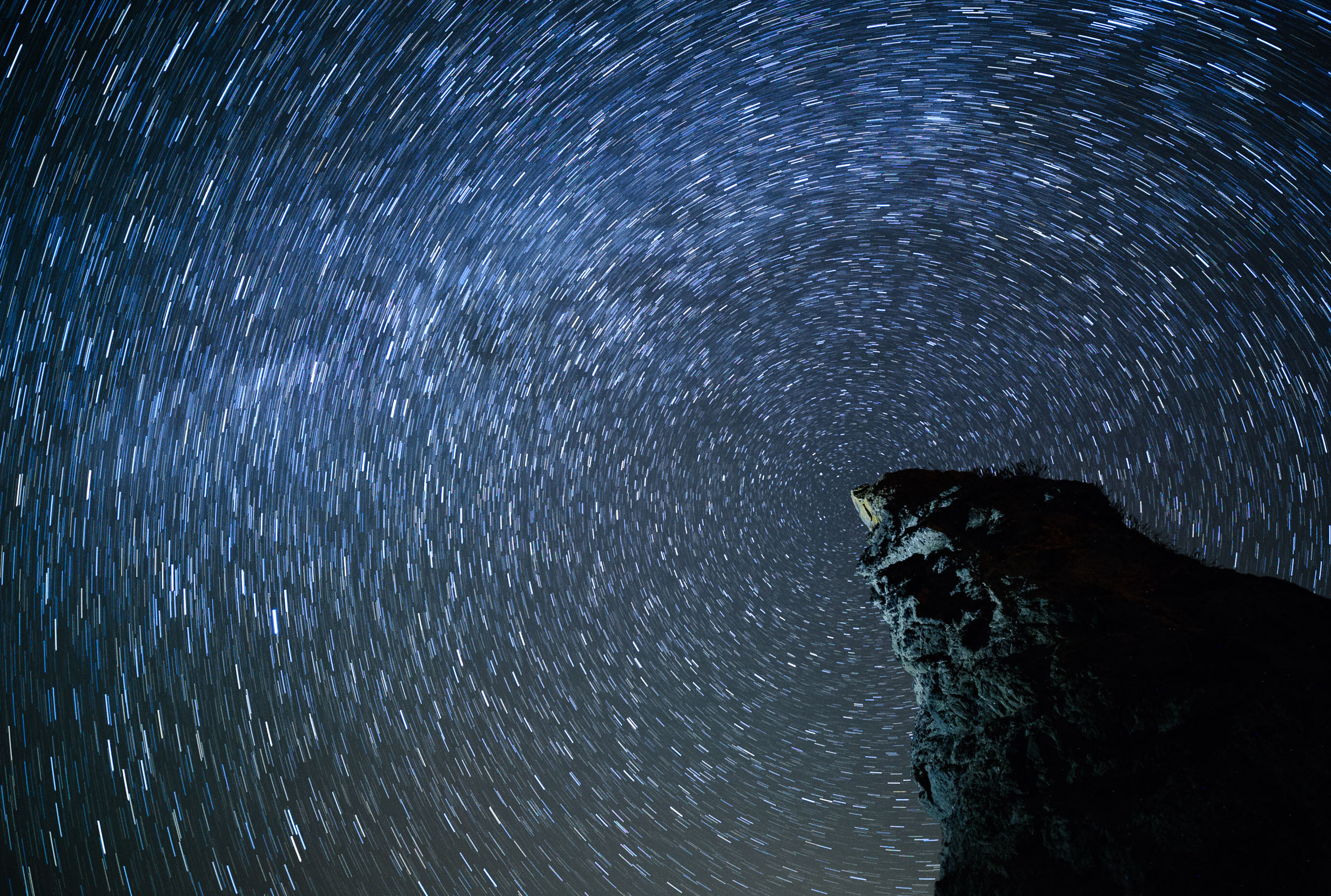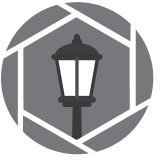Post-Processing Intensive—Catskill
You’ve spent a lot of time building your camera skills and honing your photographic vision. Now it’s time to take it to the next level. Post-processing has become an integral part of nearly every discipline of photography. Just as the black and white photographers of the 20th century were able to creatively interpret their work in the darkroom, we can now use modern technology to enhance our photos, and even to create images that were impossible only a few short years ago.
Workshop Gallery
Workshop Details
January 12-17, 2020 — Completed
This is a 5-night, 6-day workshop. Your experience begins at 10 a.m. on January 12 and ends on the afternoon of January 17.
$1,750 + applicable taxes. Register below.
Skill level
Open to all who have an understanding of the basic principles of photography and and are eager to master the computer!
Class size
12, with 2 instructors — 6:1 ratio
Workshop Leaders
Interested in our Post-Processing Intensive workshop, but the dates or location aren’t ideal? We’re also running this in San Francisco this year!
THIS EVENT HAS PASSED. THANKS FOR YOUR INTEREST!
Register Now
Deposit of $500 is required to reserve your spot at the workshop.
Balance of $1,250 due on October 14, 2019. Pay balance here.
You may choose the “Pay in Full” ticket if you desire to pay all at once.
Last day for a cancellation request is October 13, 2019 (see cancellation and refund policy).
The workshop fee does not include transportation to and from the park, lodging, food or the park admission fee.
The Workshop Experience
If you are ready to take control of the entire creative process, this workshop is for you.
This classroom intensive will be based at the National Parks at Night headquarters in the town of Catskill, New York. We’ll spend six days in the learning studio studying and practicing ins and outs of Lightroom and Photoshop.
Don’t worry, though—all work and no play make … well, you get the idea. We’ll also get you out in the field to make some images. The village of Catskill offers plenty of quirky and quaint small-town vignettes and meandering views of the Hudson River. And nearby are (likely a frozen) Katterskill Falls, North/South Lake and, of course, the northen end of the Catskill Mountains in and around Hunter and Windam.
What You Should Know
We want you to get the most out of your workshop experience. Struggling with computer skills while you are trying to learn two new software programs is no fun. Please be sure you have the following skills before arriving:
basic computer navigation
downloading your images from your camera and storing them in folders on your computer
viewing your images after downloading them on your computer
selecting images and transferring them to a flash drive
A laptop loaded with the latest versions of Lightroom Classic CC (not the mobile version, Lightroom CC) and Photoshop are mandatory for the class. If you are currently using Lightroom Classic CC and Photoshop CC, you are all set. If not, click here to purchase and download the latest versions from Adobe. You’ll want the Photography Plan. Currently the cost for both programs is $9.99 per month.
What You Will Learn
The goal of this workshop is to teach you the necessary skills to take complete control of your post-processing. From searching, organizing and editing your images in Adobe Lightroom to stacking, blending and fine-tuning your images in Photoshop
Areas of focus:
understanding the Lightroom Catalog
making full use of the Library module in Lightroom
understanding how and why we adjust our images
gaining a complete understanding of Lightroom’s Develop module
the connection between Lightroom and Photoshop
layers and masks in Photoshop
star stacking
layering different exposures of the same scene to bring out the foreground in night photography
and much, much more …
Night & Light Conditions
Travel
You are responsible for your airfare and car rental. If you are interested in sharing a car rental, let us know and we will try to connect you with someone in the group.
Nearby Airports:
Albany International Airport (ALB) — 45 minutes
Stewart International Airport (SWF) — 1 hour, 15 minutes
Newark (EWR), LaGuardia (LGA) and JFK — 2 to 3 hours
You can also travel by train via Amtrak to Hudson, New York, and take a cab 12 miles to Catskill Village. Or there are bus lines from Port Authority in New York City to Catskill.
Food & Lodging
The workshop will be based in the village of Catskill, New York. There is no official workshop hotel, but there are many options for bed-and-breakfasts, hotels and AirBnB’s, and we will send a comprehensive list of suggestions upon registration.
You are responsible for your own meals, but we will have coffee and water by the gallon available at the National Parks at Night studio. Catskill village is a five-minute walk away, with lots of great dining options, as well as two large supermarkets and a health food store a one-mile drive away.
You are responsible for arranging and paying for your own accommodations. If you are interested in sharing a room with another participant, let us know and we will try to connect you with someone like-minded in the group.
Weather
The weather of Catskill, New York, in January is, well, cold. In recent years it’s been either surprisingly mild, or snowy. Both have advantages. Average high is 33 F and average low is 18 F (just before dawn). But the studio has an upgraded heating system, and bad weather makes for great photography, right?
We will be mostly indoors, so dress for that, of course. But you will want a warm jacket, hat and gloves for getting around town. And if you’re planning to go shooting at night, you definitely want to dress warm. We’re talking parka, insulated pants, base layers, wool hat, quality gloves, scarf, wool socks, winter boots. You’ll also want to stay dry if it snows, so it’s prudent to make sure your shell layer is waterproof, or at least water-resistant.
Considerations
The majority of this workshop will be spent in the classroom. Several evening shoots are planned in the local Catskills region.
Please read our FAQs section for more information about skill and gear requirements, and other information that pertains to all our workshops.
If you have questions, please contact us—we're happy to talk it over with you.
Making the Switch ...
“As it is with photography in the field, having a clear and consistent workflow in post-processing leads to better images and more enjoyment.”
Back in 2007, I was teaching a night photography workshop in Big Bend National Park for the Texas Photo Society, and had a student in the class named Scott Martin, who was a post-processing expert. He had designed his own degree in digital imaging before such a degree formally existed. Conversely, I was relatively new to digital post-production work, having switched from film to digital only recently before. Up until 2005, all of my work was shot on film, and all of my prints were made in a darkroom. Scott was new to night photography, but was a beta tester of Lightroom from the very beginning.
I think I might have been doing the critiques in Preview back then! It was primitive, whatever software I was using. During one of the breaks, Scott and I were talking and he generously offered to introduce me to Lightroom. His easy-going attitude and humble demeanor were disarming, which made me all the more open to what he had to say. I downloaded Lightroom, and he got me started with my first catalog, which was the student work from that workshop!
I knew that I had to get with the times, so I took advantage of the opportunity that presented itself and went from newbie to teaching Lightroom in a relatively short period. I owe much to my photography mentor Steve Harper, but also to Scott, who taught me a simple and elegant workflow that I still use today.
The point is that just as it is with photography in the field, having a clear and consistent workflow in post-processing leads to better images and more enjoyment. Developing good working habits from the beginning is always preferable, but it’s never too late to get things sorted out if your catalog is a mess and you’re not sure what to do with it.
We promise to guide you with a gentle touch, just as Scott did with me 12 years ago.






















